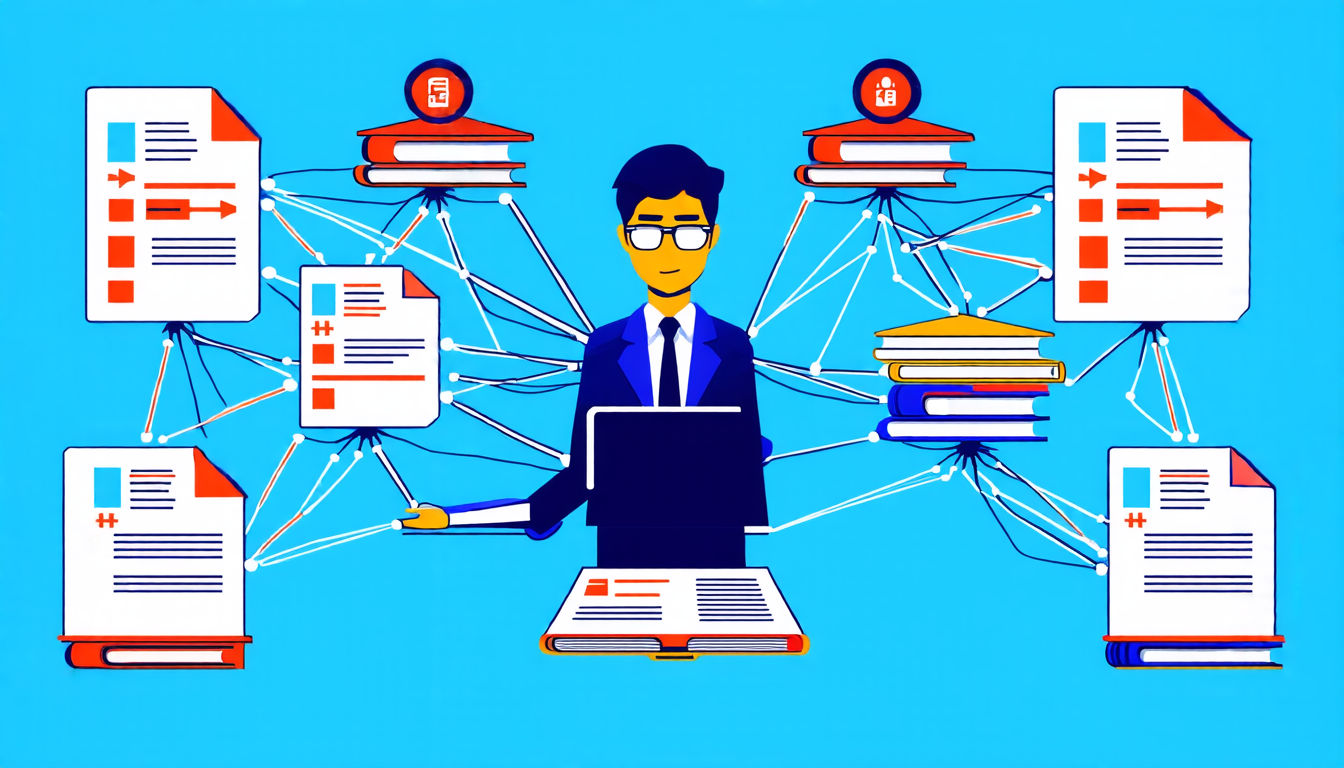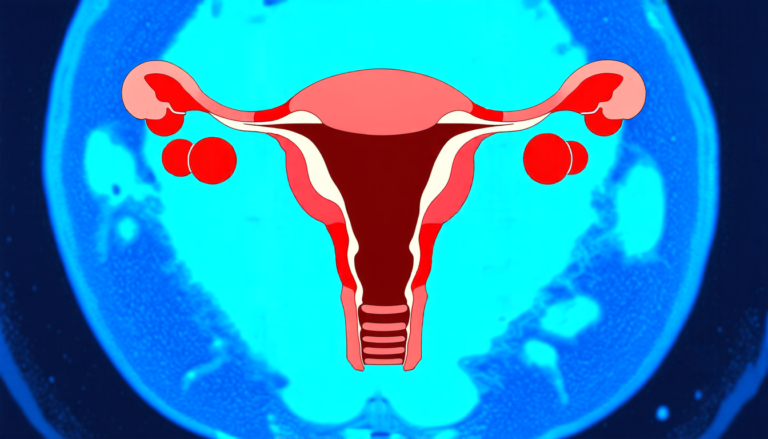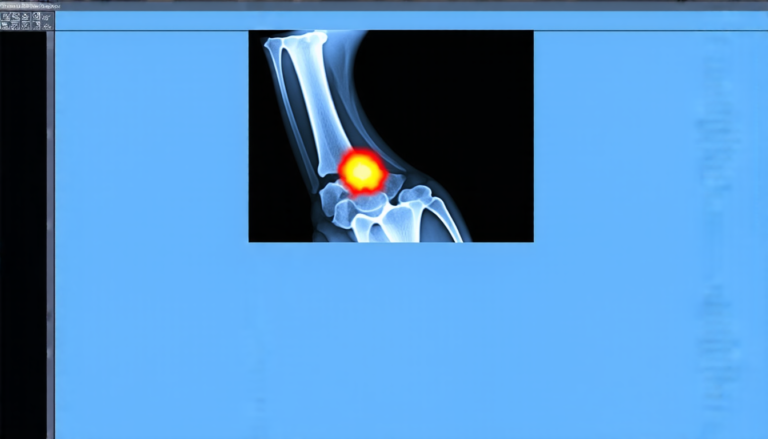Monday 08 September 2025
A new approach to classifying scientific papers has been developed, which could revolutionize the way researchers organize and discover relevant literature.
The current method of categorizing research papers is often time-consuming and prone to errors, relying on manual classification by humans. However, a team of scientists has created an innovative framework that combines text analysis with graph neural networks to accurately classify scientific papers into different categories.
This new approach, called TAPE-Graphormer, uses large language models to generate semantically rich embeddings from the text content of research papers. These embeddings are then combined with structural information from the citation network, which is a complex web of relationships between papers that cite each other.
The resulting model can accurately classify papers into different categories, even when they have complex and nuanced themes. This is particularly useful for large-scale networks, such as those found in academic databases like arXiv.
One of the key benefits of this approach is its ability to handle the dynamic nature of citation networks. Unlike traditional methods, which are often based on fixed features that may not capture the evolving relationships between papers, TAPE-Graphormer can adapt to new connections and nodes as they emerge.
The model has been tested on a large dataset of research papers and has shown significant improvements in accuracy compared to existing methods. It is also highly scalable, making it suitable for use with large datasets.
This breakthrough could have far-reaching implications for the way researchers discover and engage with relevant literature. For example, automated classification systems could be used to help arXiv moderators categorize submissions more efficiently, freeing up their time to focus on other tasks.
The development of TAPE-Graphormer is also a testament to the potential benefits of combining advances in natural language processing with graph neural networks. As these technologies continue to evolve, we can expect to see even more innovative applications in the future.
In practice, this means that researchers will be able to quickly and accurately identify relevant papers, even when they have complex and nuanced themes. This could lead to new insights and discoveries, as well as more efficient and effective research collaborations.
The potential impact of TAPE-Graphormer is significant, and it is likely to have a lasting impact on the way we approach scientific classification and discovery.
Cite this article: “Revolutionizing Scientific Classification with TAPE-Graphormer”, The Science Archive, 2025.
Scientific Papers, Classification, Research, Text Analysis, Graph Neural Networks, Citation Network, Language Models, Embeddings, Scalability, Accuracy







